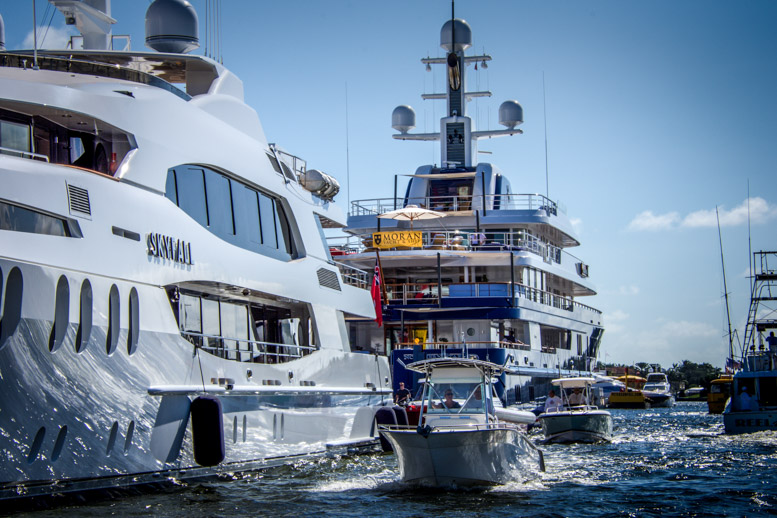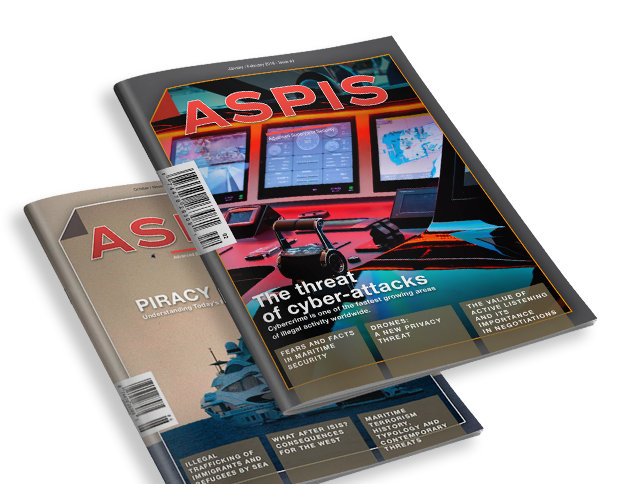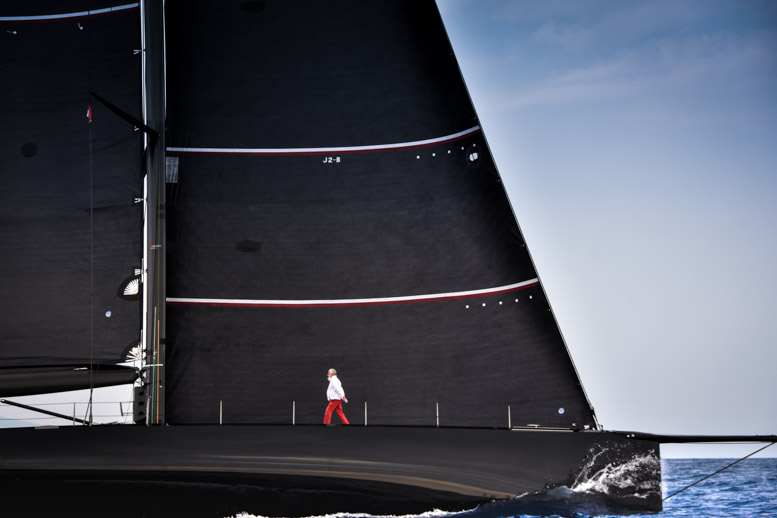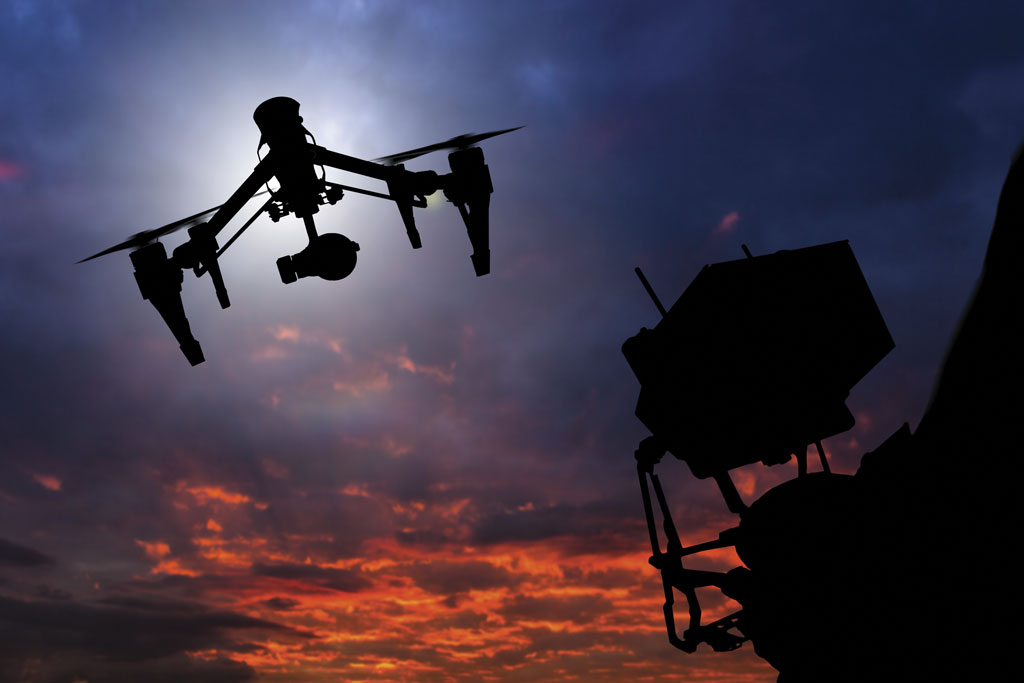
With counterdrone technologies rapidly coming to market to address the quickly growing drone threat, it becomes increasingly difficult for the prospective users of the technology to separate effective and value-for-money products to a very large number of inferior alternatives.
Read more: Counterdrone Factbook

Overview of Maritime Security and Definitions
For ages, shipping has been vulnerable to various maritime crimes. The collected data from maritime security incidents is a clear reflection of the fact that the industry was exposed to multiple maritime crimes year after year. Threats to the maritime industry were also seen during the Iran-Iraq war days. Numerous ships and maritime infrastructure were targeted during the period 1980- 1988. The hijacking of the Achille Lauro on October 7, 1985, an Italian cruise ship carrying 400 passengers by the Palestinian Liberation Front and killing of 69-year-old Leon Klinghoffer, a Jewish-American exposed the lack of security in the industry. This incident raised concerns among the International Maritime Organization member states, as it threatened numerous human lives.
The terrorist attack on the United States in 2001 further drew the attention of the world to the severity of the crime that may be committed and the level of motivation of the perpetrators. The hijacking of an aircraft is rare as it involves the crossing of several security barriers in the presence of security officials. However, no such barriers exist when a ship is at sea. Criminals can easily board a ship, overpower the crew and exploit it for achieving their goals. Some security experts fear that the biggest nightmare would be if a ship carrying explosive cargo, like LNG, were to be hijacked to be used as Weapon of Mass Destruction (WMD). The extent of damage that could be caused in such case can be seen from the collision between Norwegian steamer, Belgian relief ship Imo and ammunition steamer Mont Blanc on December 6, 1917, in Halifax Harbor. The collision resulted in an explosion that destroyed more than 325 acres of Halifax city, killing more than 1600 people, injuring more than 9,000, and destroying more than 12,000 buildings.
Read more: Fears and Facts in Maritime Security
For years, yachts and oceans have been used to get away from the crowds, media, and various sets of prying eyes. This is rapidly changing with consumer drones that are cheap and easy to obtain and control. They are able to fly kilometers on a single charge and by pilots having minimal training. Powerful cameras are attached to the drone’s underbelly and their use is changing what used to be a tranquil space. While beneficial uses of drones are plentiful, so are the nefarious applications. ISIS has been reported to strap DIY grenades to drones and deploy against Iraqi military and civilian populations. Plane spotters deploying drones have been creating havoc around airports with flights halted until the drones are neutralized. Prisons regularly report that contraband is delivered by drones and there are many other novel uses of this new technology.
Read more: Drones: a new privacy threat
 Undoubtedly violence at working places such as superyachts is a very serious and often controversial issue with a lot of different approaches. Τhis article will try to identify the profile of people prone to workplace violence and most important, warning signs.
Undoubtedly violence at working places such as superyachts is a very serious and often controversial issue with a lot of different approaches. Τhis article will try to identify the profile of people prone to workplace violence and most important, warning signs.
 In 1977 Harvard Business School Professor Abraham Zaleznik published in HBR the article “Managers and Leaders. Are they different?” The article initiated a furious debate as it argued that, until then, the management theoreticians missed half the picture, namely vision, inspiration and human desires and motives. Zaleznik’s famous article is somewhat adjusted and provided hereunder without any significant changes in meanings and notions.
In 1977 Harvard Business School Professor Abraham Zaleznik published in HBR the article “Managers and Leaders. Are they different?” The article initiated a furious debate as it argued that, until then, the management theoreticians missed half the picture, namely vision, inspiration and human desires and motives. Zaleznik’s famous article is somewhat adjusted and provided hereunder without any significant changes in meanings and notions. Fire on a ship is one of the most dangerous incidents which can happen on board. In the event of fire, persons ashore often have available the immediate assistance of well-trained firefighting professionals. Mariners usually are alone aboard ship, and when fires occur at sea they must remain onboard and cope with these incidents to the best of their own abilities. These efforts, often because of lack of knowledge, training, and experience, have produced less than satisfactory results and at times have resulted in tragedy.
Fire on a ship is one of the most dangerous incidents which can happen on board. In the event of fire, persons ashore often have available the immediate assistance of well-trained firefighting professionals. Mariners usually are alone aboard ship, and when fires occur at sea they must remain onboard and cope with these incidents to the best of their own abilities. These efforts, often because of lack of knowledge, training, and experience, have produced less than satisfactory results and at times have resulted in tragedy. With counterdrone technologies rapidly coming to market to address the quickly growing drone threat, it becomes increasingly difficult for the prospective users of the technology to separate effective and value-for-money products to a very large number of inferior alternatives.
With counterdrone technologies rapidly coming to market to address the quickly growing drone threat, it becomes increasingly difficult for the prospective users of the technology to separate effective and value-for-money products to a very large number of inferior alternatives.
